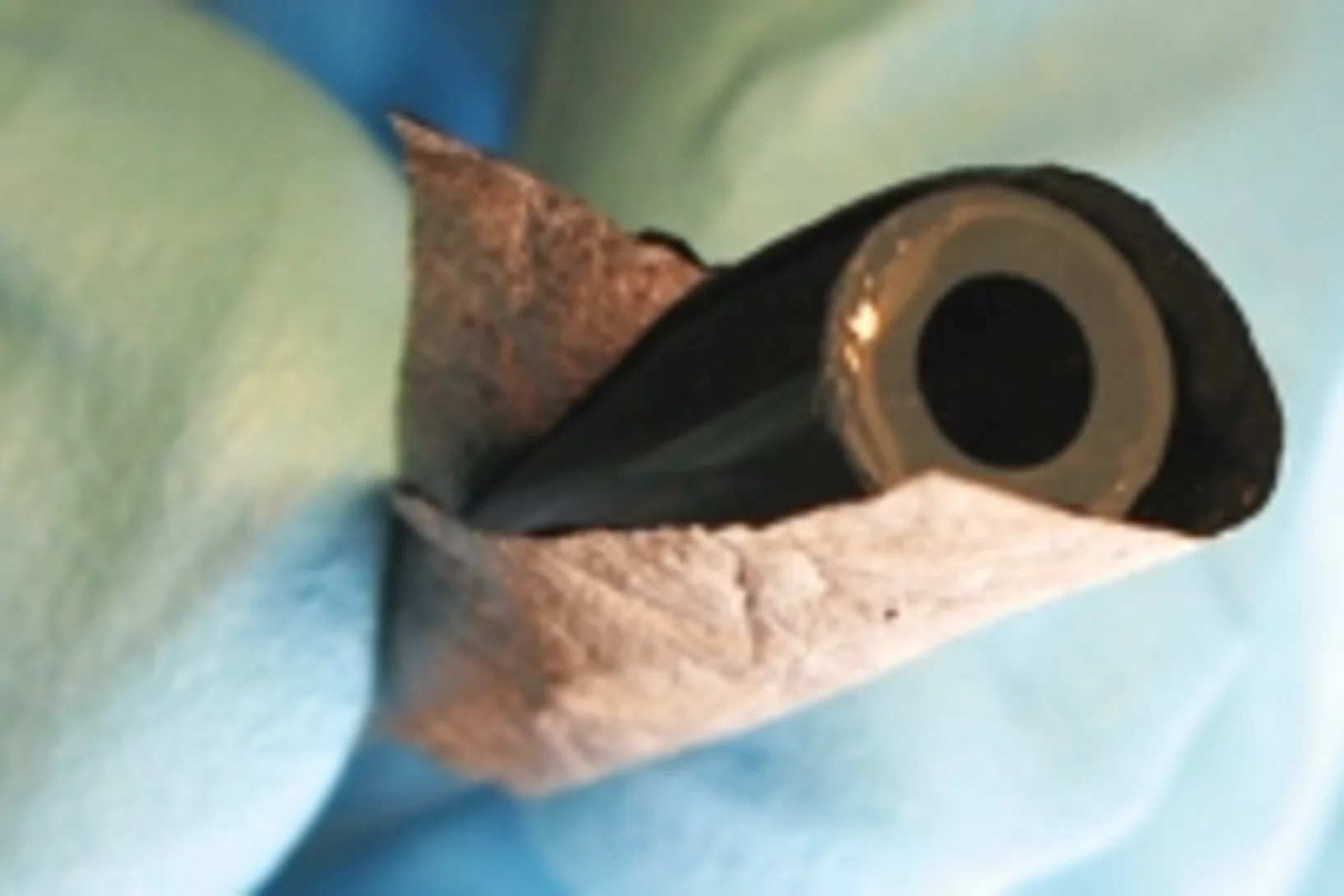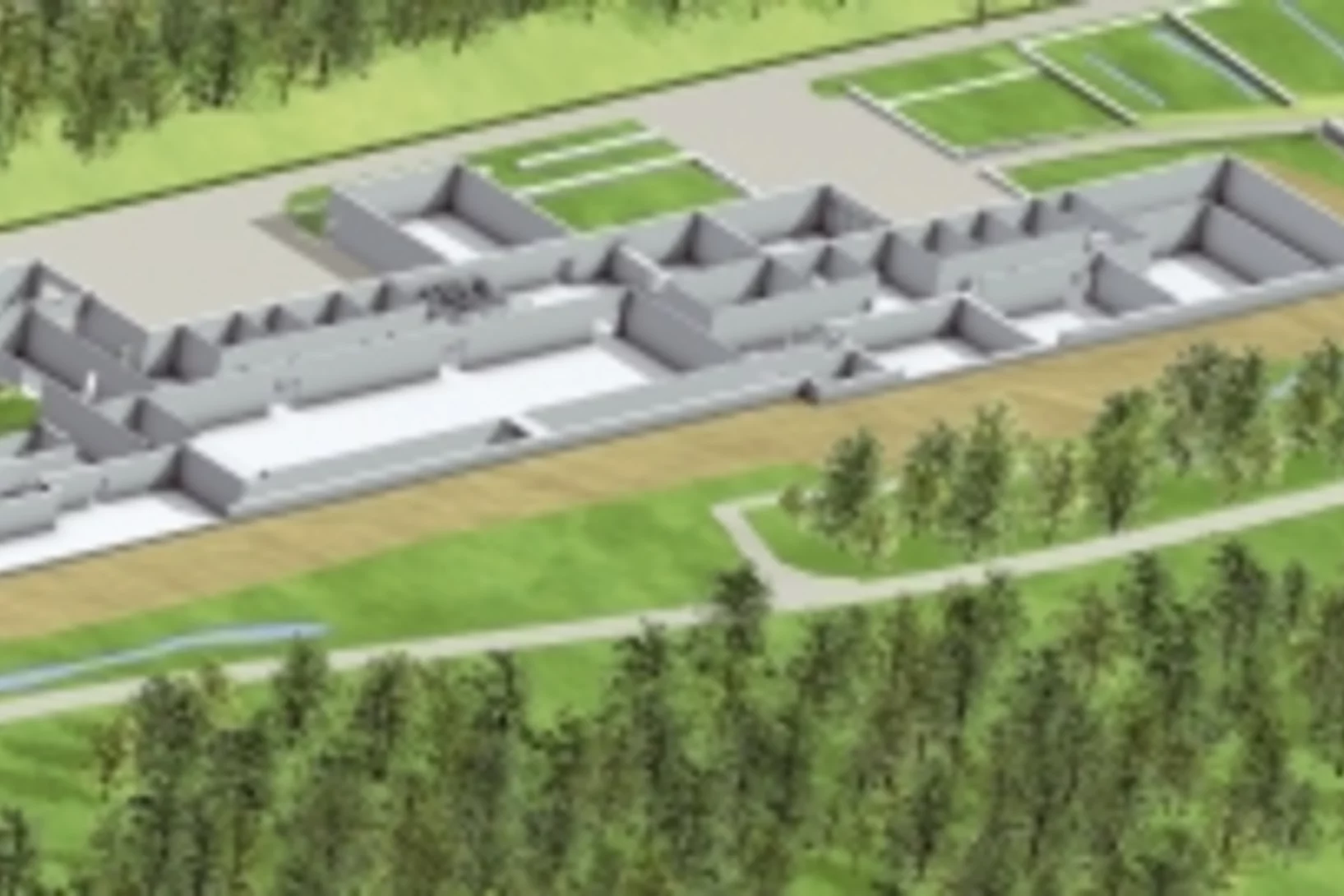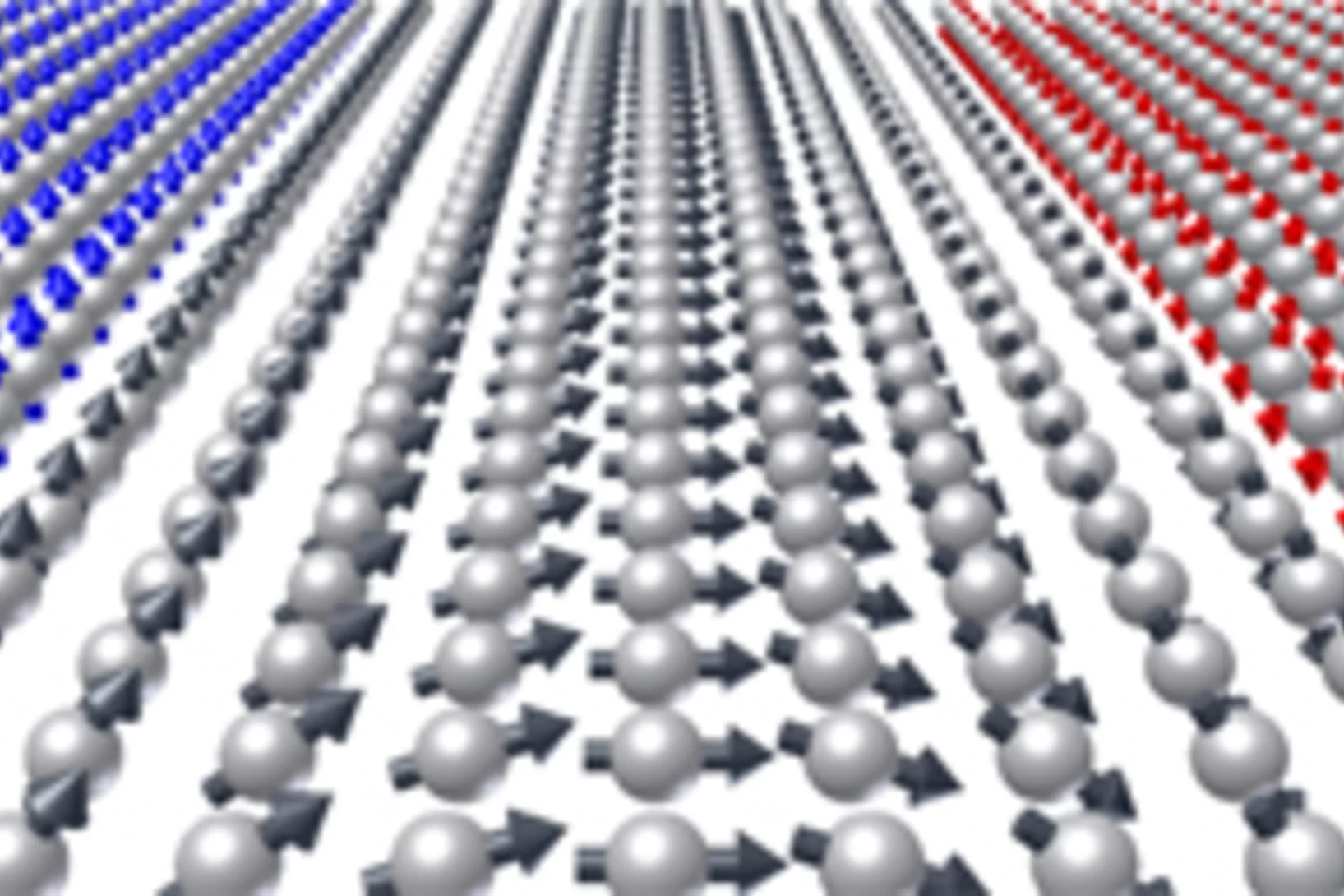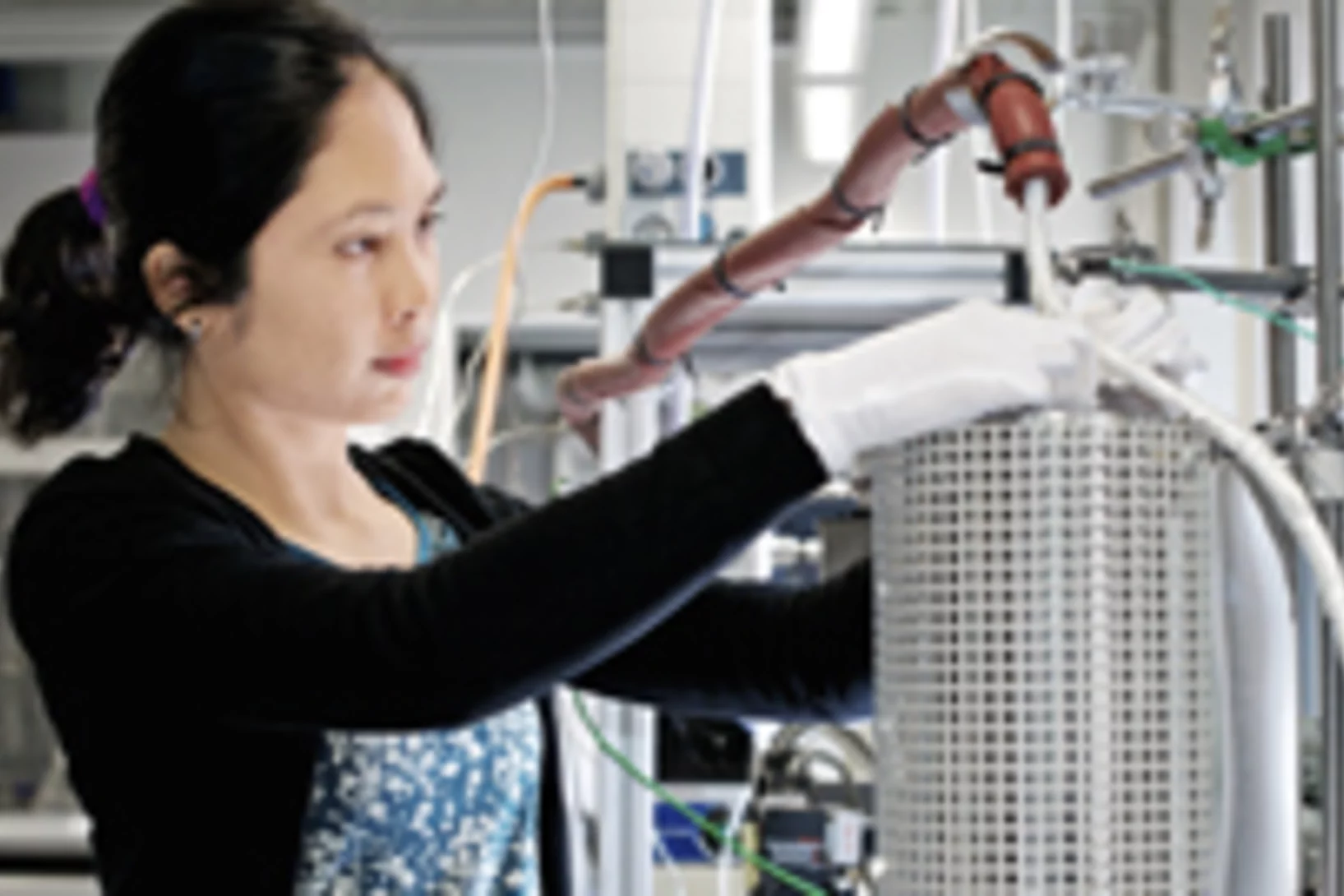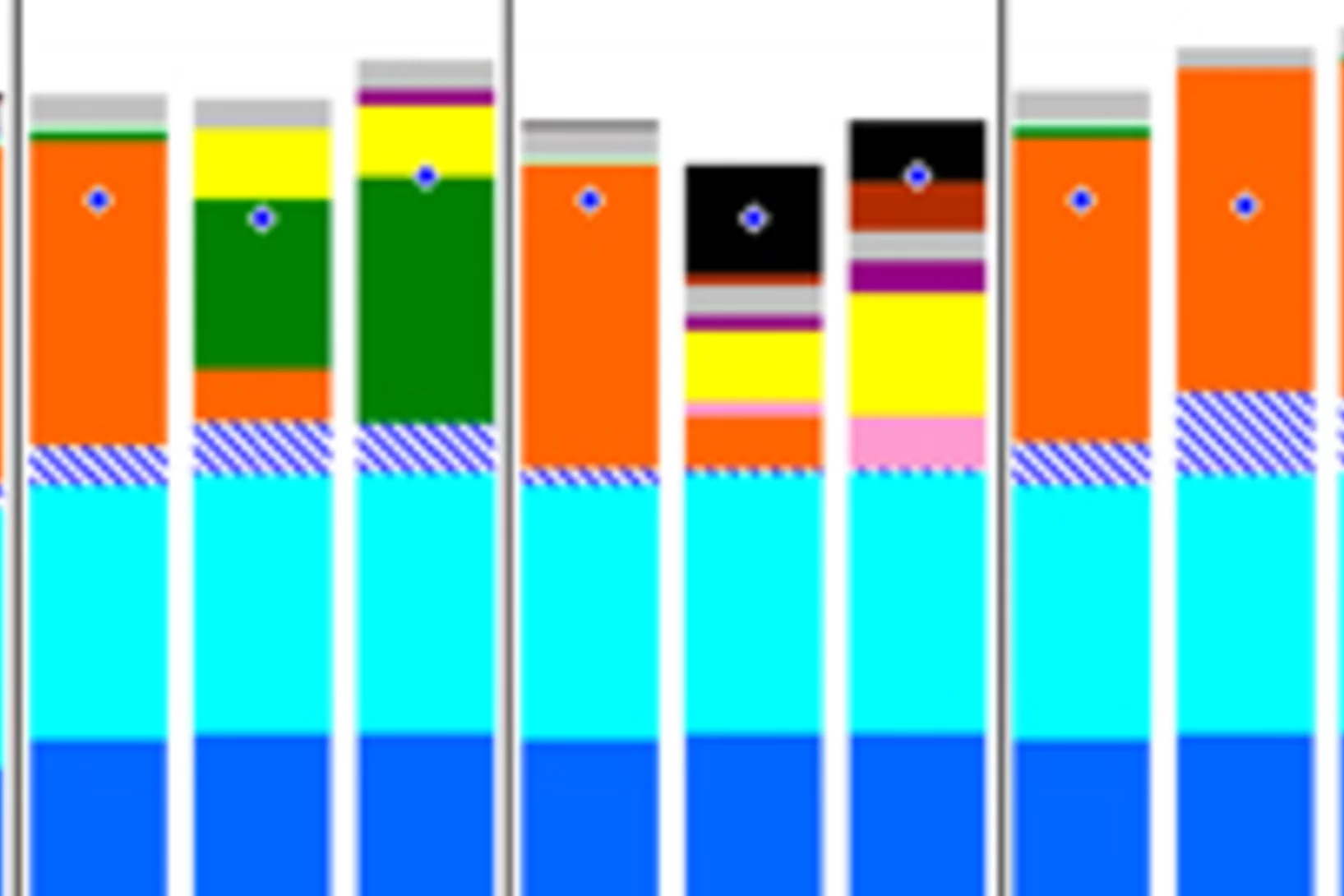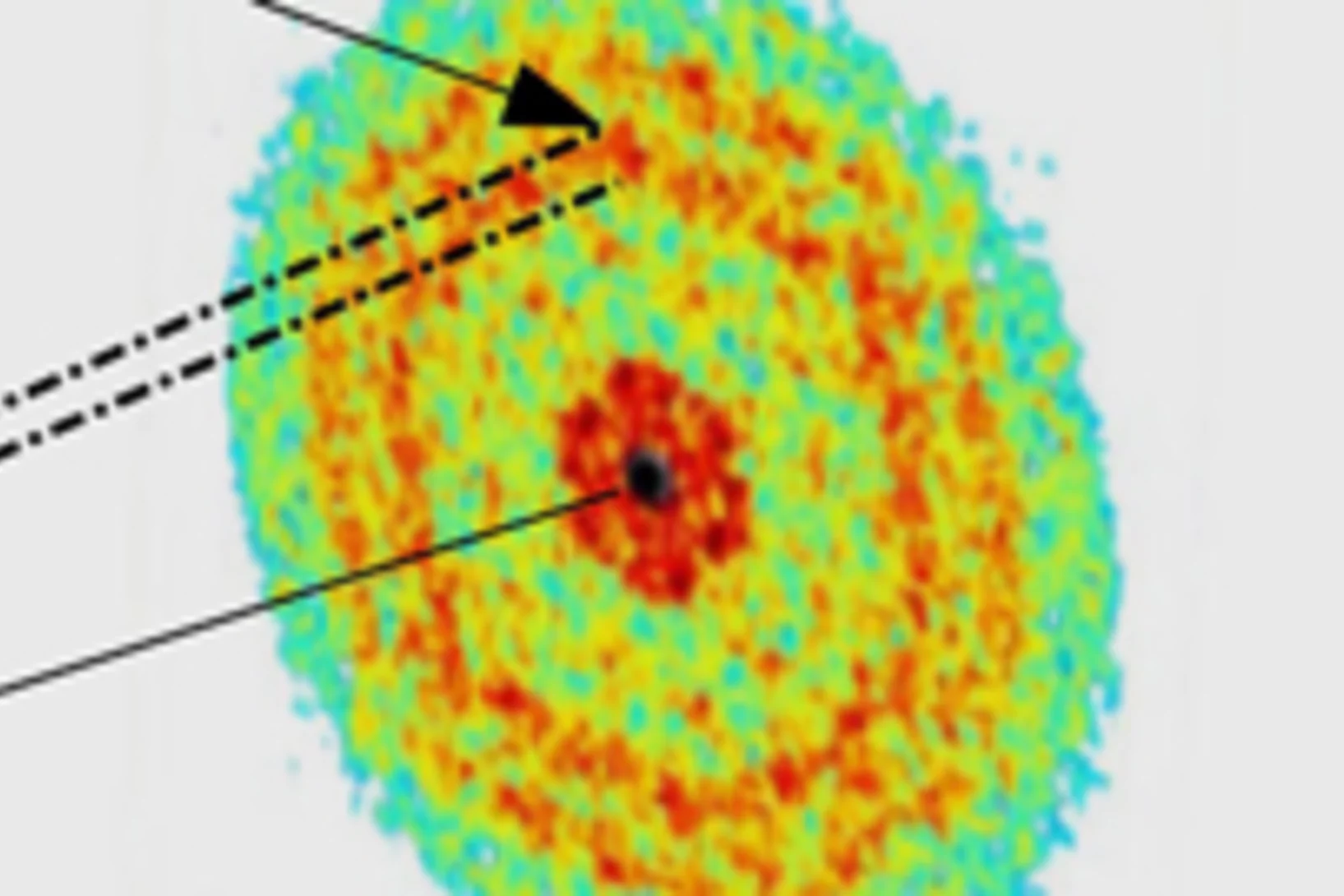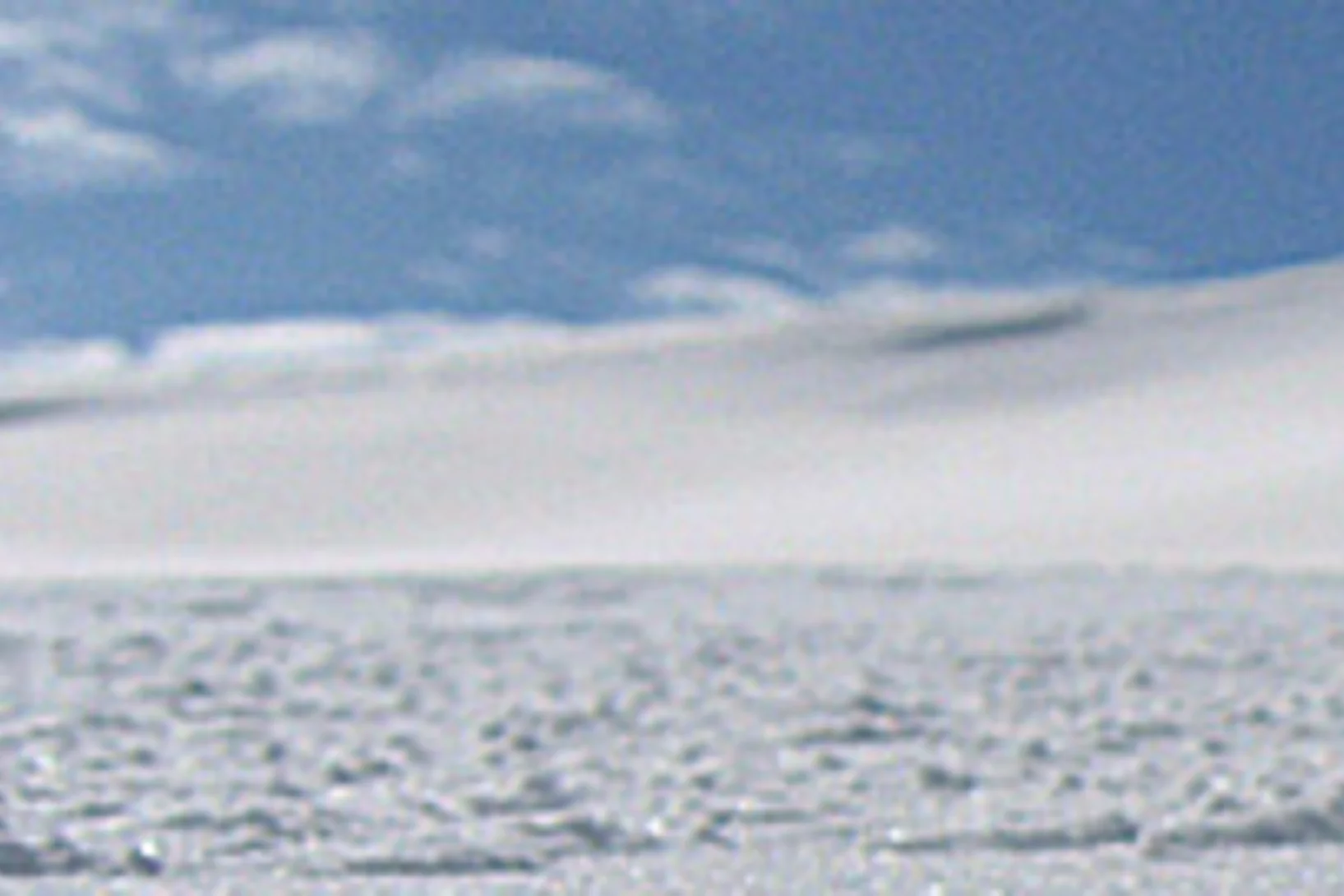PSI Stories
Alternativ-Routen für Velofahrer und Fussgänger
Durch die Bauarbeiten für den SwissFEL kommt es im Würenlinger Wald zu Sperrungen und Umleitungen. Alternativ-Routen für Velofahrer und Fussgänger werden angeboten.This news release is only available in German.
An ultrathin energy storage device made of carbon
For the discovery and characterisation of the miraculous material graphene à a layer of carbon exactly 1 atom thickà two Russian born physicists were awarded the Nobel Prize in 2010 and got a huge amount of media attention. Ever since graphene was first isolated, scientists all over the world have been rushing to find applications. Recently, scientists at the Paul Scherrer Institute PSI laid the foundations for a graphene-based super capacitor. With its help, the lifespan of batteries in hybrid cars could be extended significantly
Beginning of construction in the Würenlingen forest
Construction work for SwissFEL has now started in the Würenlingen forest, and the building for this new Large Research Facility for the Paul Scherrer Institute PSI will be erected during the next year and a half.
Research at SwissFEL: Looking into magnetic materials
Materials with special magnetic properties play an important role in modern technologies à for example, in the hard disc drives used to store data on a computer. Research at SwissFEL will help us to develop new magnetic materials, and to observe the fast processes in these materials as they happen. Thus, we will be able to see exactly what happens inside a hard disc when its data content is modified.
From methane to methanol - or how to extinguish the torches of waste
In nighttime photographs taken from space, the large cities of the world can easily be recognised by the flood of their public lighting. However, probably only the trained eye is able to see, as well as New York or Tokyo, the locations of many oil-producing wells . The light in these cases originates mainly from the combustion of methane. This huge waste of an energy-rich gas has devastating economic and ecological consequences. Reasearchers at the Paul Scherrer Institute PSI are looking for a solution: the conversion of methane into the liquid energy carrier methanol
Scenarios for the transformation of Switzerland's electricity system
Researchers in the Energy Economics Group at the Paul Scherrer Institute PSI have used their model of the Swiss electricity system called STEM-E to analyze various electricity supply scenarios. They have concluded that alternatives to today's electricity supply are associated with different costs, risks and opportunities. Realising sustainability objectives such as climate protection while phasing out nuclear generation and making Switzerland's electricity supply independent of foreign countries raises many challenges. Furthermore, their analysis suggests that costs of electricity production are likely to increase by at least 50 percent by 2050
The advantages of SwissFEL: Why a laser?
SwissFEL will produce very short, intense pulses of X-ray light with laser-like characteristics. These characteristics will make it possible to elucidate the exact structure of molecules, for which only a fuzzy picture, at best, can be obtained using "normal" light.
A green light for SwissFEL
The completion of all required approvals gives a green light for the construction of SwissFEL, the new large research facility at the Paul Scherrer Institute PSI.
The great unknowns of ice and snow
Ice and snow have fundamental significance for our climate. Generally speaking, one assumes that science knows everything that is important about such everyday phenomena. Yet, as soon as one looks at the whole at the molecular level, many questions remain unanswered. This knowledge is essential for predicting the future of our planet. Thorsten Bartels-Rausch in an interview about the great unknowns.
PSI researchers investigate pathways to a sustainable Swiss electricity system
Switzerland is facing a potentially radical restructuring of its energy system in the light of the Federal Government's Energy Strategy 2050. One particular challenge associated with achieving the goals of the Strategy is realizing an electricity supply sector that responds to uncertain developments in electricity demand, national climate targets and the decision to phase out nuclear power. In order to investigate options for this transformation of the electricity sector, researchers at the Paul Scherrer Institute (PSI) are developing and analyzing a range of alternative scenarios of the future electricity system in Switzerland. These scenarios are developed, quantified and explored with an analytical tool built at PSI that simultaneously examines long-term developments (to 2050 and beyond) while accounting for seasonal and daytime fluctuations in electricity demand and supply.


